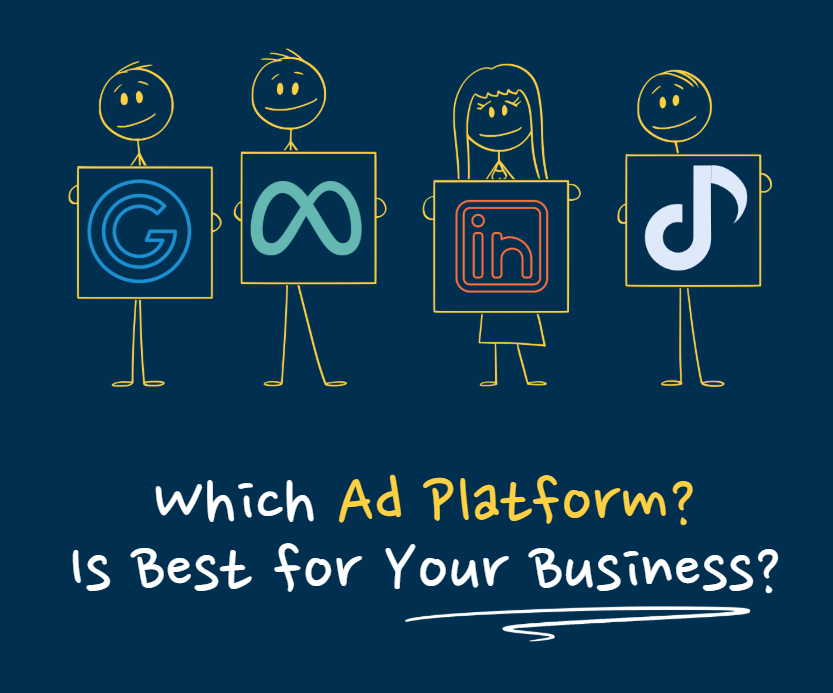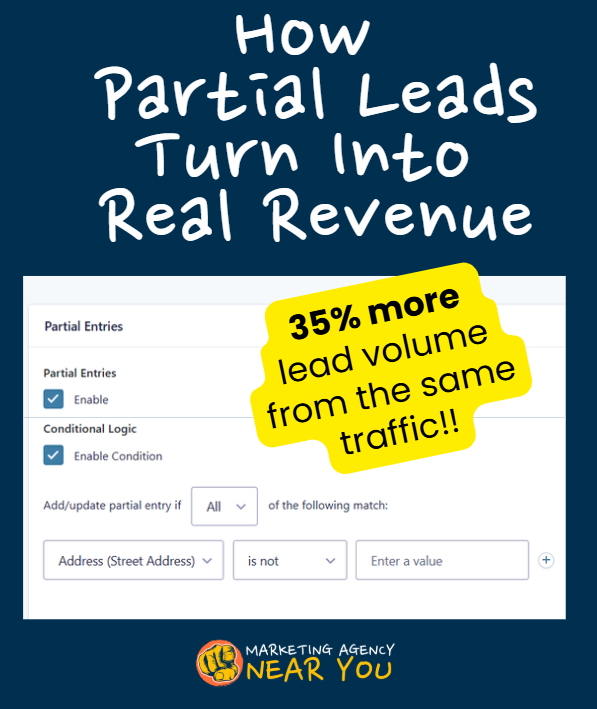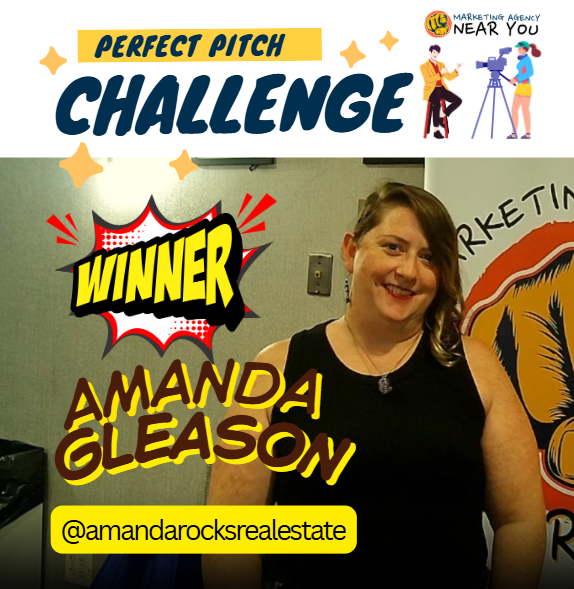A Practical Guide for Building a Real Growth Engine
The question everyone asks:
Which platform should I be on?
The real answer: it depends on your offer, your buyer, and what kind of demand you’re trying to generate.
If you’ve tried ads before and felt like they “didn’t work,” this article will show you why—and how to align your platform with your funnel and strategy.
At Marketing Agency Near You, we don’t run random campaigns. We build demand systems using behavioral data, segmented offers, and platform intelligence to create predictable growth.
Start With the Right Question
You don’t start by picking a platform. You start by asking:
- Are you building awareness or capturing intent?
- Do you need cold leads or warm follow-up?
- Is this a low-ticket, one-click conversion or a multi-touch decision?
The answers shape the stack.
Meta: Fast Demand and Emotional Resonance
Best for:
High-visibility offers, real estate, health and wellness, webinars, and local services
Use case:
We’ve driven 10x lead growth for real estate investors by targeting segmented seller avatars. A tired landlord is not the same as someone who just inherited a property. The messaging, creative, and retargeting are all built around that.
Why it works:
Meta is unmatched for broad reach, attention-grabbing creative, and high-frequency retargeting. We use first-party data, video engagement, and form opens to build segmented audience clusters. Affinity insights from Google Analytics also inform the interest layers we use.
What to avoid:
We do not run inventory across Meta’s audience network. Every placement is intentional and aligned with the funnel stage.
Google Search: Capture Existing Demand
Best for:
Service-based businesses, high-intent purchases, anything time-sensitive or location-based
Use case:
We’ve used this to fill appointment calendars for med spas and clinics by aligning keyword sets with conversion-ready landing pages. Layering in phone call conversion tracking helps improve bidding over time.
Why it works:
People are actively searching. That means they’re problem-aware and close to taking action. The key is pairing high-quality copy with segment-specific landing experiences.
Strategy tip:
Pair search ads with PMAX to fill in branded and dynamic placements across Google properties. We use PMAX primarily for branded reinforcement and smart retargeting—not as a top-of-funnel play.
YouTube: Trust at Scale
Best for:
Personal brands, consulting offers, high-ticket sales, and mid-funnel lead nurturing
Use case:
We’ve helped clients in the fractional CMO and consulting space use YouTube to build familiarity with cold audiences before they ever opt in.
Why it works:
CPMs are cost-effective, and long-form content builds authority faster than static ads. When paired with retargeting on Meta and Google, the conversion path shortens significantly.
What we track:
View thresholds, engagement rates by demographic, and drop-off points to refine message fit.
Taboola and Native: Reach Plus Retargeting Power
Best for:
Content-led funnels, financial services, newsletter growth, broad lead generation
Use case:
We’ve used Taboola to drive cold traffic to content or soft offers, then retarget engaged users with platform-specific CTAs.
Why it works:
Native ads are perfect for scale when you have time to test. Low CPCs and wide reach let us build first-party audiences fast. We tie performance back to conversion paths through UTM-level attribution.
How we optimize:
Retargeting layers, segmented creatives, and offer match by page engagement. The Taboola pixel feeds warm audiences back into Meta and Google for closing the loop.
PMAX: Smart Reinforcement, Not a Starting Point
PMAX (Performance Max) works best when paired with a clearly defined core offer and landing experience. It should not be your top-of-funnel strategy.
We use it for:
- Branded reinforcement
- Dynamic remarketing
- Geo-specific offers that need omnichannel coverage
PMAX is most effective when it complements an existing campaign ecosystem—not when it runs in a vacuum.
Retargeting: Where ROI Happens
Your best leads are rarely the ones who convert on the first click. That’s why we build layered retargeting systems across Meta, Google, Taboola, and email.
Our retargeting strategy includes:
- Different sequences for page viewers vs. form openers vs. high-time-on-site visitors
- Creative variations based on pain point and audience segment
- Conversion-focused CTAs designed for second and third-touch timing
This is not “follow them around with the same ad.”
This is behavior-driven funnel engineering.
The Platform Isn’t the Strategy
We don’t believe in picking a platform and hoping it works.
We believe in building a stack that aligns with:
- Audience behavior
- Funnel stage
- Offer structure
- Available budget and creative assets
A high-performing stack often includes:
- Meta for top-of-funnel demand and retargeting
- Google Search for immediate intent
- PMAX to close branded search and remarketing gaps
- Taboola for content amplification and smart scaling
- YouTube for warm nurture and credibility
The platform is just a delivery system. The strategy is what makes it perform.
Want to see what your best ad stack looks like?
We’ll break it down in a free OmniPresence Audit—built on data, not hype.





